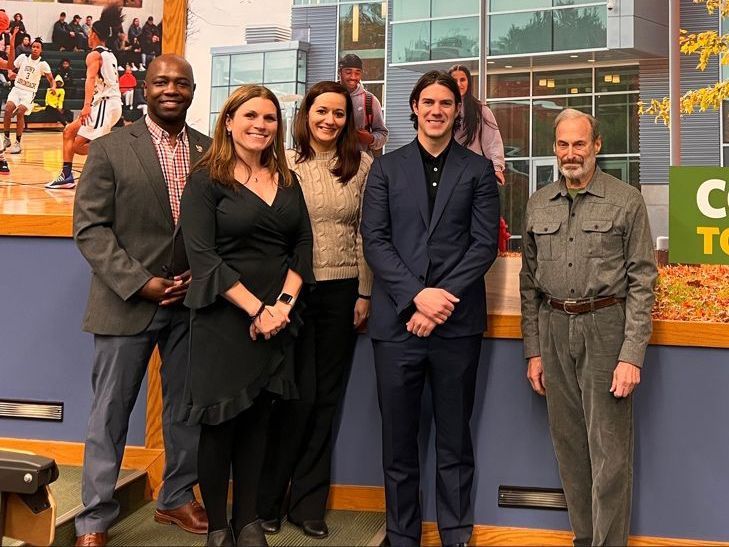New York State – Pass-Through Entity Tax: Election Due 03/15/24

It has been a few years now, April 2021, since New York State introduced the Pass Through Entity Tax (PTET) election option for small business owners. This was an innovative tax regime, and it continues to provide a great tax benefit for many individuals who are owners in pass through entities.
PTET offers a unique opportunity for pass-through entities to mitigate the impact of the federal SALT (State and Local Tax) deduction cap. Understanding the intricacies of PTET is crucial for business owners looking to maximize tax efficiency and compliance.
This article provides an overview of PTET, its purpose, implications, and key considerations for businesses operating in New York State.
The objective of PTET is to help mitigate the impact of the federal SALT deduction cap, which limits the amount of state and local taxes that individuals can deduct on their federal tax returns. PTET allows qualifying pass-through entities (S Corporations and Partnerships with at least one owner subject to NYS tax) to pay the state taxes at the entity level. This decreases the taxable income flowing to the individual, essentially giving them a deduction for state taxes that they would most likely not get due to the SALT deduction cap.
As a simplified example, an entity with $300,000 in NYS taxable PTET income would pay $20,550 in NYS PTET. This would reduce the income from the business being reported by the owners from $300,000 to $279,450. This saves the owners anywhere from approximately $4,000 to $7,000 in taxes, depending on their tax brackets. This tax savings most likely would be lost due to the SALT limitation if the full $300,000 in income flowed through to the owners. The $20,550 in taxes paid by the entity, then flow through as a credit on the owners New York State tax return so that there is no double taxation, and the savings from the deduction are true tax savings.
To qualify for PTET, a pass-through entity must be subject to New York State’s income tax, and have at least one individual owner or member subject to New York State personal income tax. The entity must elect into PTET each year by March 15, for that tax year. This election is done on the New York State Department of Taxation and Finance website at, www.tax.ny.gov/bus/ptet/.
PTET is calculated based on the entity’s New York source income and is paid at a rate ranging from 6.85% to 10.9%, depending on the entity’s taxable income. However, there are certain deductions and adjustments available to reduce the tax liability. For instance, eligible entities can deduct taxes paid to other states, as well as certain business expenses and credits, when calculating their PTE tax liability.
The SALT deduction cap is set to expire in 2025 if nothing changes… At that point, it will be questionable whether the PTET election will yield a benefit to business owners, it will depend on the Standard Deduction amounts and Alternative Minimum Tax.
Therefore, it could still be used as a tax savings strategy and will need to be looked at on an annual basis. Pass-through entities electing PTET must comply with all applicable reporting requirements, and deadlines set forth by the New York State Department of Taxation and Finance. Maintaining accurate records and fulfilling tax obligations in a timely manner is essential to avoid penalties or audits. The mechanics of, not only calculating, but reporting NYS addbacks and credits correctly will require the guidance of a qualified tax professional.
There can be administrative costs to this and so owners should review those administrative costs versus the benefit. PTET paid by the entity also creates implications for cash flow for the entity, as well as implications for allocations between partners and S Corporation shareholders. All of these items should be discussed with your tax professional.
In conclusion, if this is something you think you could benefit from, make sure you talk to your tax preparer soon. To benefit from this for the 2024 tax year you will need to make the election by March 15, 2024. This is an annual election therefore, each year you can determine if you want to make the election. Once you do make this election the entity is required to make quarterly estimates.
























